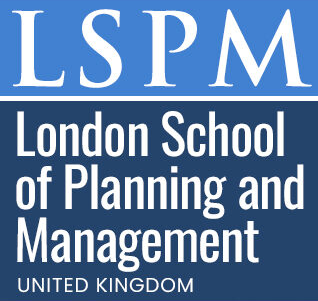Professional Certificate in 3D Printing for Sacred Sites
Published on June 28, 2025
About this Podcast
HOST: Welcome to our podcast, today we have a special guest who's here to talk about an exciting course titled "3D Printing for Sacred Sites: A Professional Certificate." Could you please introduce yourself? GUEST: Hello, I'm Dr. Jane Smith, an archaeologist with over 20 years of experience in the field. I'm also one of the instructors for this unique certificate program. HOST: That's fascinating! Can you share what inspired you to create this course and how it empowers heritage professionals and religious leaders? GUEST: Absolutely! We saw a need to equip professionals with the latest technology to preserve cultural heritage sites. This program combines digital modeling, 3D scanning, and sustainable materials to help them restore and reconstruct these sacred spaces. HOST: It's incredible how technology can support such important work. Speaking of which, could you tell us about any current industry trends related to 3D printing and sacred sites? GUEST: Certainly. There's growing interest in using 3D printing to recreate missing elements of historical sites or artifacts. This not only aids conservation efforts but also enhances visitor experience by providing a more complete picture of our rich history. HOST: That sounds amazing. But like any new technology, there must be challenges. What are some obstacles faced when implementing 3D printing in this context? GUEST: One major challenge is ensuring ethical considerations are met. We need to respect cultural sensitivities and avoid commercialization of sacred objects. Another issue is acquiring accurate data for digital modeling, which requires advanced skills and equipment. HOST: Those are valid concerns. Now, let's look ahead. How do you see the future of 3D printing evolving in the context of sacred sites and cultural heritage preservation? GUEST: I believe 3D printing will play an increasingly significant role in this field. As technology advances, we'll see more accurate replications, innovative applications, and hopefully, increased accessibility to these tools for professionals worldwide. HOST: Thank you so much, Dr. Smith, for sharing your insights and experiences with us today. It's clear that this course offers a comprehensive approach to using 3D printing for sacred sites, balancing technical skills with ethical considerations. GUEST: My pleasure! I encourage anyone interested in cultural heritage preservation to explore this exciting opportunity. Together, we can preserve history, one print at a time.
